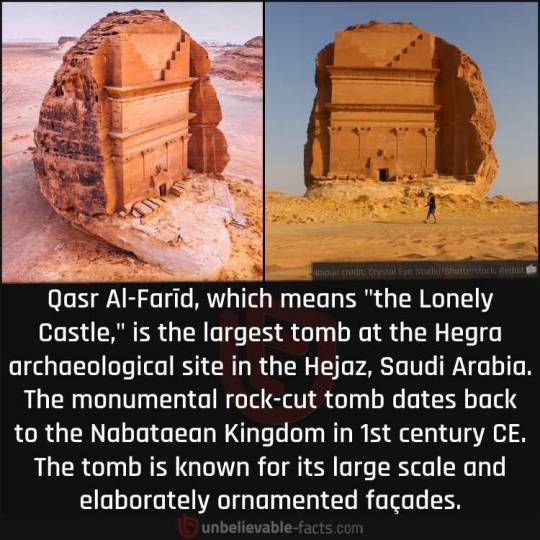#Archaeological
Text

Cubiculum (bedroom) from the Villa of P. Fannius Synistor at Boscoreale Romanca. 50–40 BCE. Image by The Metropolitan Museum of Art.
Learn more / Daha fazlası
https://www.archaeologs.com/w/cubiculum/
#archaeologs#archaeology#archaeological#arkeoloji#history#dictionary#tarih#sanat#art#architecture#roman architecture#ancient architecture#cubiculum#villa#the met#mimari#antik mimari#ancient furniture#roman furniture
533 notes
·
View notes
Text
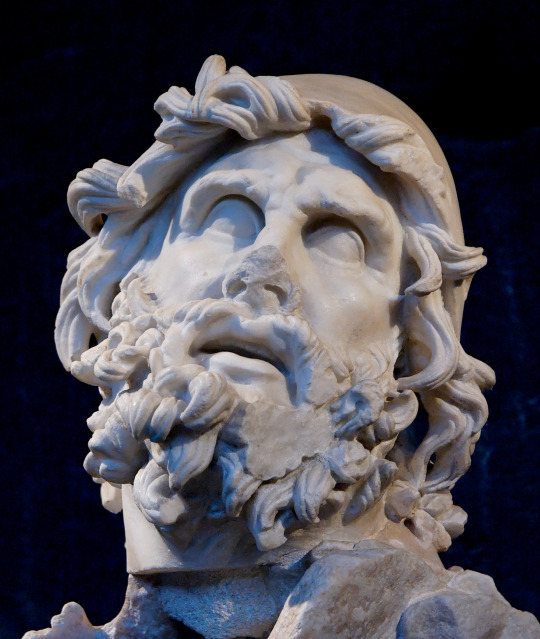
Head of Odysseus
Found at the Villa of Tiberius in Sperlonga, Italy
#odysseus#ulysses#sculpture#marble#art#greek mythology#classical antiquity#sculptures#roman mythology#sperlonga#italy#polyphemus#the odyssey#odyssey#homer#ancient greece#ancient greek#europe#european#archaeology#archaeological#tiberius#villa#roman
82 notes
·
View notes
Text
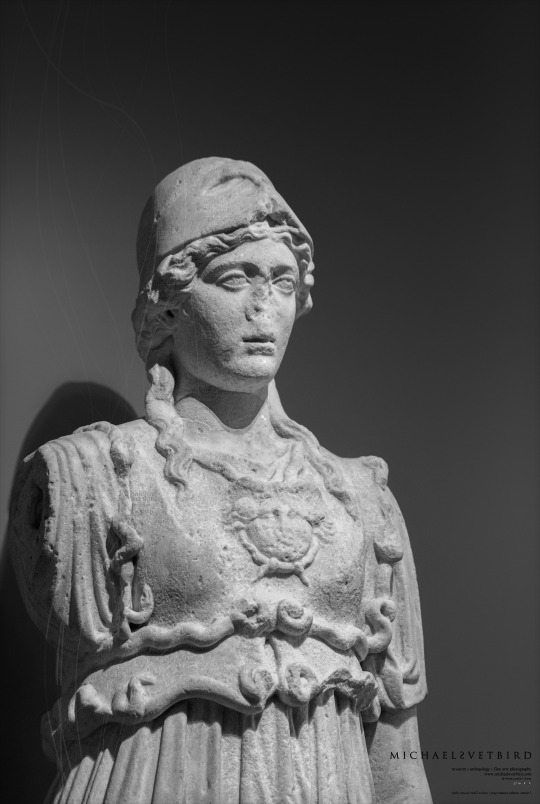

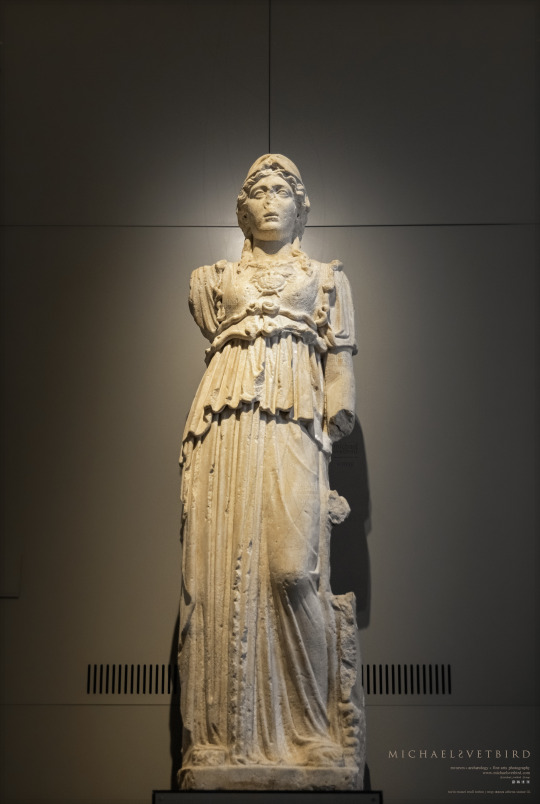
ATHENA:
A 2m-high Roman Statue of 'Egyptian' Athena
White Marble
2 AD
From Egypt
Musei Reali Torino, Turin | MRT
[Museum of Antiquities, Archaeological Gallery, Room 6]
• Web: https://museireali.beniculturali.it/en
• FB: https://www.facebook.com/museirealitorino
• IG: @museirealitorino
MRT | Michael Svetbird 18|02|24 6400X4300 600 [I.-III.]
The photographed object is collection item of MRT, photos are subject to copyright.
[non commercial use | sorry for the watermarks]
📸 Part of the "Reliefs-Friezes-Slabs-Sculpture" MSP Online Photo-gallery:
👉 D-ART:
https://www.deviantart.com/svetbird1234/gallery/72510770/reliefs-friezes-slabs-sculpture
.
#turin#palazzo reale torino#musei reali torino#archaeological#gallery#archaeological museum#museo archeologico#ancient sculpture#ancient art#roman#art history#antiquity#museology#archaeology#mythology#antiquities#heritage#ancient#sculpture#statue#athena#αθηνα#atena#goddess#ancient world#sculpture photography#art photography#museum photography#archaeology photography#michaelsvetbird
12 notes
·
View notes
Text
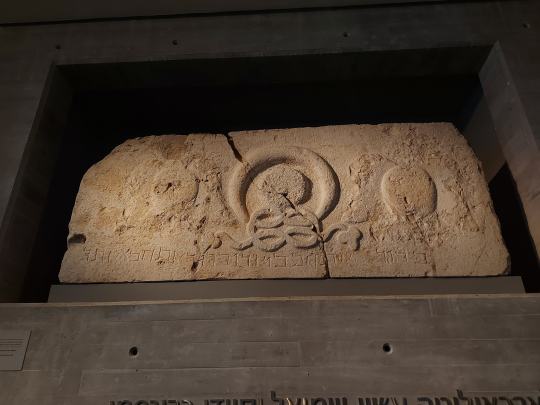
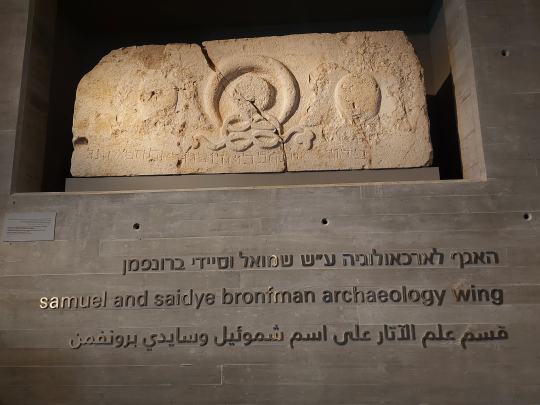
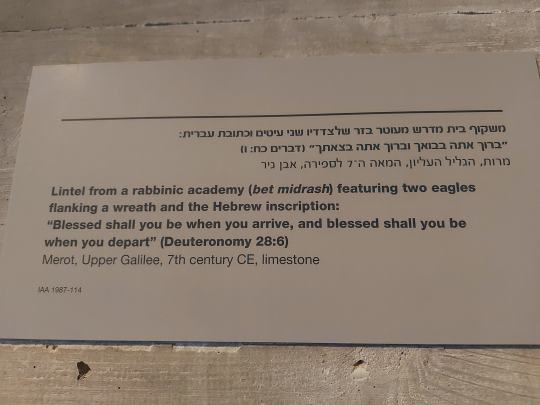
This artifact, which is displayed at the entrance to the archaeological exhibit at the Israel Museum in Jerusalem, was found by my friend Tomer Ilan's father Dr Tzvi Ilan z"l
It was the door frame of the Meroth synagogue which existed in the upper Galilee from the time of Alexander the Great until the crusaders. It is engraved with the inscription "Blessed are you at your coming and blessed are you at your going out" (Deuteronomy 28:6).
Uri Gobey
23 notes
·
View notes
Text

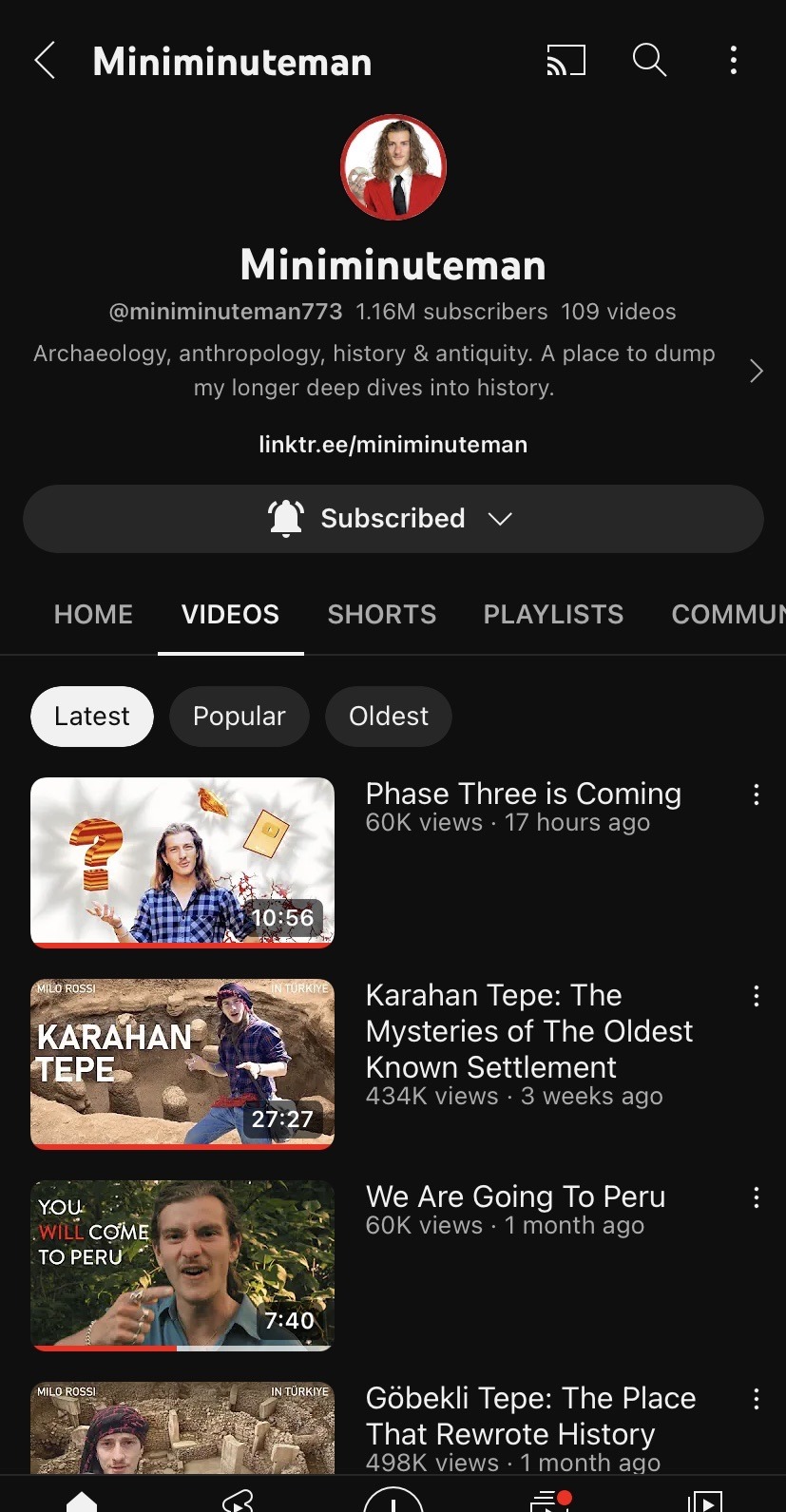
Here’s my personal recommendation of a YouTube channel to check out:
#archeaology#archaeological#anthropology#history nerd#ancient history#human history#history#antiquity#tumblr recommendations#recommend#recommendation#youtube#youtube content#youtube recommendations#youtube video#youtube link#educational#educational videos#educational post#youtube channel#history videos#history post#world history#relatable af#educational youtube#science#geology#ancient civilizations#ancient sites
18 notes
·
View notes
Text

Human Ancestors Bottleneck: a human genomics analysis has shown that the total population of direct-line human ancestors plummeted to about 1,280 breeding individuals for a span of about 117,000 years, bringing them close to extinction:
#history#historyfiles#archaeology#hominid chronology#africa#genomics#homo ergaster#human ancestors#early humans#bottleneck#extinction#extinction event#archaeological
7 notes
·
View notes
Text
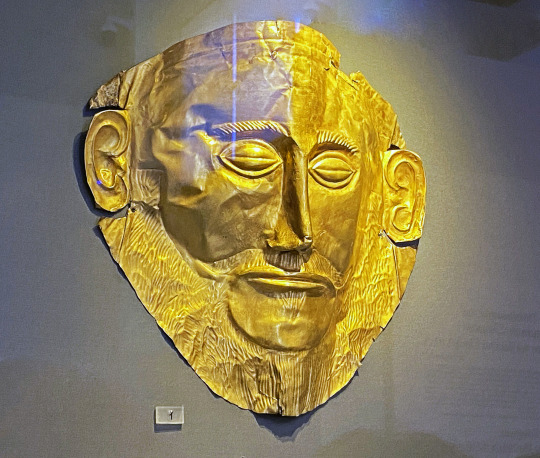
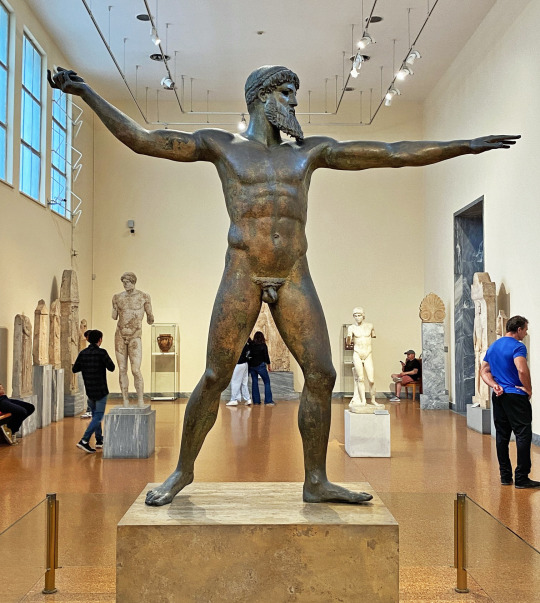
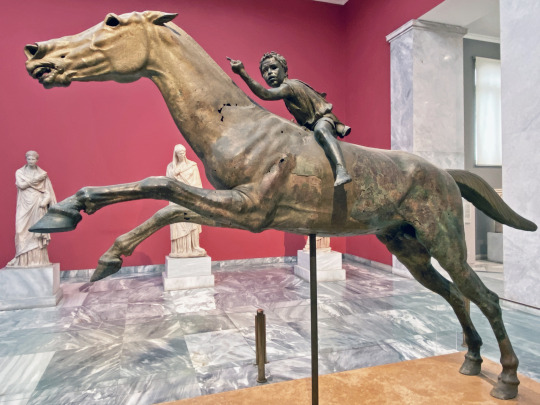


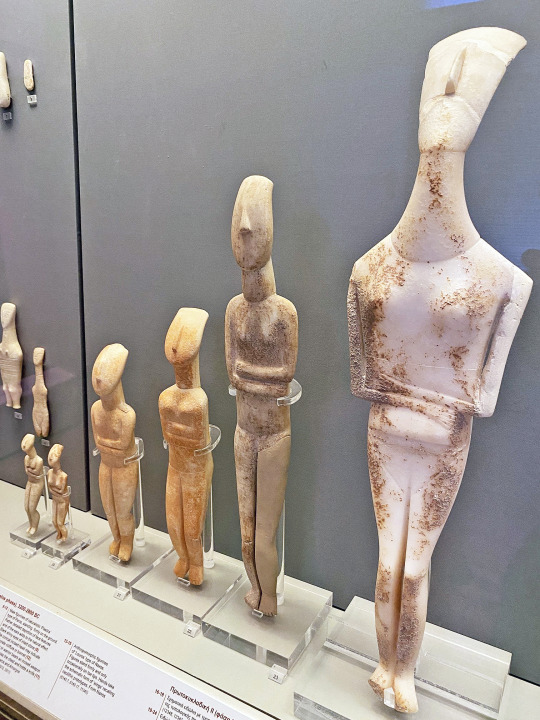
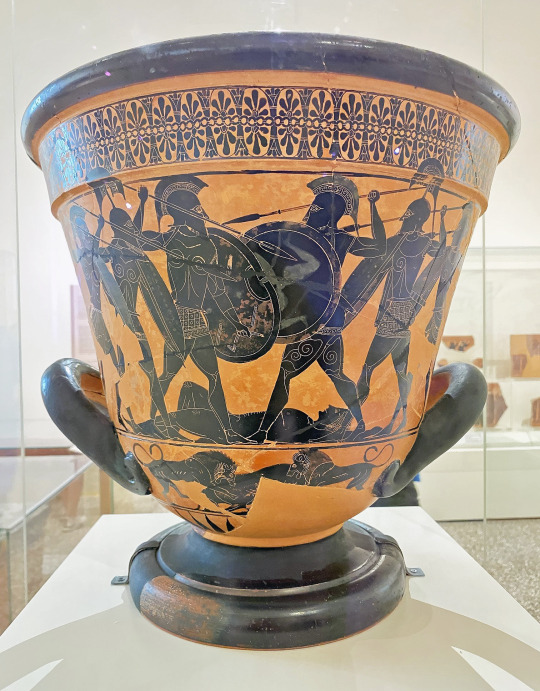

It took me a while but here are the last pics of my trip to Greece. The good news is i'll be there again in 2 months, so i can bore you with way too many pics again afterwards 😂
These are from the National Archeological museum in Athens, that was SO HUGE we spent way too many hours in there, but contains some incredibly famous pieces that everyone has seen or heard of, like the mask of Agamemnon or the Antikythera mechanism.
#museum#archaeological#greece#athens#agamemnon#mask#zeus#poseidon#antikythera mechanism#pottery#vessels#cycladic art#jockey#artemision
10 notes
·
View notes
Photo

Trophy head (shrunken heads) from a grave at Nazca (after Tello)
#shrunken heads#Trophy head#black and white photography#b&w photography#Nazca#grave#Cabeza trofeo#archaeological#Nazca culture#ancient Peru#Peru
138 notes
·
View notes
Text
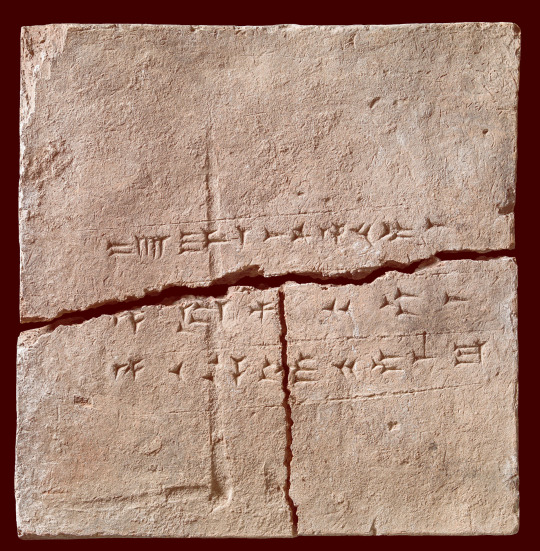
NEWS
Resurrecting Ancient Flora: Unveiling Biodiversity Secrets from a 2,900-Year-Old Clay Brick
#archaeologs#archaeology#archaeological#history#bioarchaeology#news#archaeological news#arkeoloji#tarih#sanat#biyoarkeoloji
313 notes
·
View notes
Text
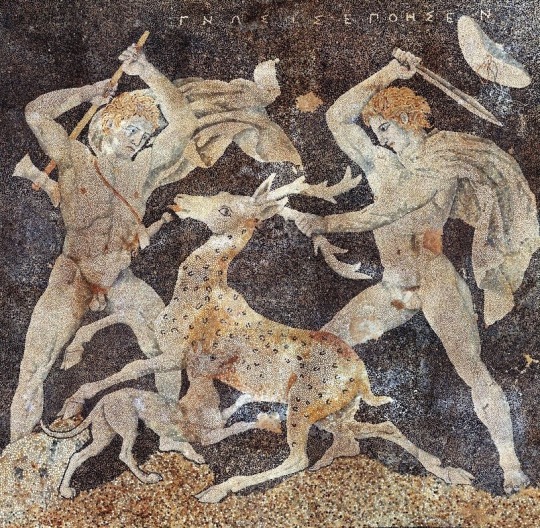

The Stag Hunt Mosaic (c. 300 BC). From the House of the Abduction of Helen, Pella, Greece.
#stag#hunt#mosaic#antiquity#pella#greece#europe#art#history#european#mosaics#archaeological#archaeology#macedonia#macedonian#ancient#hunters#hunting#alexander the great#hephaestion#alexander#axe#floor#pebble#pebbles#ancient greece#greek#ancient greek#museum
377 notes
·
View notes
Text
46 notes
·
View notes
Text


2 MAENADS | 'Relief With Two Maenads':
Roman frieze dating 1st-half of the 1st c. AD
Based on a Greek model from the end of 5 BC.
H 41cm X W 44 cm
Pentelic Marble
Musei Reali Torino, Turin | MRT
[Museum of Antiquities, Archaeological Gallery, Room 2]
• Web: https://museireali.beniculturali.it/en
• FB: https://www.facebook.com/museirealitorino
• IG: @ museirealitorino
"This relief was originally put above one of the fireplaces in the Grand Gallery of Charles Emmanuel I of Savoy.
In 1724, Scipione Maffei moved it to the Regio Museo di Antichità.
This iconography of maenads dancing in Dionysiac ecstasy is commonly attributed to Callimachus, Athenian sculptor of the late 5th c. BC [ https://en.wikipedia.org/wiki/Callimachus_(sculptor) ].
The theme became extremely popular in Rome, mainly between the 2nd c. BC and the Augustan Age, and was widely used for the decoration of sarcophagi and marble or terracotta furniture".
[ ©MRT ]
MRT | Michael Svetbird 18|02|24 6000X4300 600 [I.-II.]
The photographed object is collection item of MRT, photos are subject to copyright.
[non commercial use | sorry for the watermarks]
📸 Part of the "Reliefs-Friezes-Slabs-Sculpture" MSP Online Photo-gallery:
👉 D-ART:
https://www.deviantart.com/svetbird1234/gallery/72510770/reliefs-friezes-slabs-sculpture
.
#turin#palazzo reale torino#musei reali torino#archaeological#gallery#archaeological museum#museo archeologico#ancient sculpture#ancient art#roman#art history#antiquity#museology#archaeology#mythology#antiquities#heritage#ancient#sculpture#frieze#maenads#maenad#dionysus#ancient greece#ancient world#sculpture photography#art photography#museum photography#archaeology photography#michaelsvetbird
5 notes
·
View notes
Text
Some of the most intriguing archaeological mysteries involve doors that have been sealed for centuries. These doors hold the potential to reveal long-lost secrets.
#archaeology#archaeological#mystery#enigma#gates#doors#hidden#passages#Taj Majal#sphinx#chamber#ancient#history#ancient origins
64 notes
·
View notes
Video
Why Archaeologists Are Fuming Over Netflix’s Ancient Apocalypse Series
https://hyperallergic.com/791381/why-archaeologists-are-fuming-over-netflixs-ancient-apocalypse-series/
In November 2022, Netflix launched a new “docuseries” titled Ancient Apocalypse, presented by journalist Graham Hancock. Over the course of eight episodes, Hancock revivifies long-discounted, Victorian-era views of the ancient past in connection with a great flood and even Atlantis. He also questions the views and motives of professional archaeologists. Hancock’s unfounded hypotheses and attempts to undermine the field of archaeology have now pushed the Society for American Archaeology (SAA) to issue an open letter decrying the show’s disparaging remarks against archaeologists and calling out the show’s alignment with racist theories about the ancient past.
To many, pseudoarchaeology at first appears to be a harmless form of entertainment consumed in jest or by those who revel in tales of lost cities or alien architects. But the recasting of science fiction as historical fact has real consequences. It emboldens conspiracy theorists who then use it to question everything from the legitimacy of the cultural heritage of Indigenous peoples, to scientific studies, to the validity of higher education in general. In remarks to Hyperallergic, Ancient Near Eastern and Egyptian archaeologist Vivian A. Laughlin noted that although archaeology is a social science, “both the social and scientific aspects are consistently disregarded in pseudoarchaeology.” She and many other professional archaeologists have co-signed the SAA letter’s categorization of the show as “harmful” and rooted in “racist, white supremacist ideologies,” adding that it “does injustice to Indigenous peoples; and emboldens extremists.” Finally, they called on Netflix to reclassify the series as “science fiction.”
What exactly does this “docuseries” pose that has archaeologists up in arms? In Ancient Apocalypse, Hancock first positions himself as a truth-teller while often reusing theories from the late 19th century. This includes discredited ideas such as those posited by politician and novelist Ignatius Donnelly in his 1882 book Atlantis: The Antediluvian World. The book argued that the advanced peoples of Atlantis revealed the secrets of architecture and agriculture to Indigenous peoples. Critic of pseudoarchaeology Jason Colavito has written extensively on Donnelly’s use of Atlantis’s utopian society to critique Reconstruction-era America, all while also reinforcing white supremacy: “Atlantis reflected his ideal American society. Whites ruled, of course, but everyone had a share.” Hancock’s resuscitation of Donnelly breathes air back into ideas and ideologies that, as I have written on prior, are rooted in white supremacy.
Although never trained as an archaeologist, Hancock also scripts himself as the truly reliable narrator who can speak out only because he exists outside of “mainstream archaeology.” It is the same outsider approach taken by showmen like Alex Jones or fellow pseudo-archaeologist Erich von Däniken, both of whom bank on public distrust surrounding science and, increasingly, the conservative suspicion surrounding academia itself. Hancock believes that archaeologists have ignored or even covered up the existence of an “advanced Ice Age civilization.” According to his hypothesis, this innovative culture was wiped out around 12,900 years ago by the impact of a comet that then caused a devastating flood. Hancock notes we have been “lied to by academia for eons” about the existence of this advanced civilization.
Hancock has been peddling these goods in print for a long time. In his 2015 book, Magicians of the Gods, a sequel to his 1995 Fingerprints of the Gods, he elaborated on a theory from a 2007 study that originally proposed to explain evidence for large-scale extinctions of megafauna in North America using a comet impact. Hancock then universalized this theory and used it to explain the existence of his “advanced” civilization globally. But as Michael Shermer reported for Scientific American over five years ago, not only is there no crater to support this theory, but the radiocarbon dating does not support a unitary event. This comet also conveniently wiped out all evidence of Hancock’s global, advanced civilization except certain sites which show signs of survivors from Atlantis. Explaining the giant stone pillars of Göbekli Tepe in Turkey as the product of some of these survivors robs Neolithic hunter-gatherers of their agency and ability to create their own monumental structures. As Shermer notes, what Hancock counts on when explaining this mysterious, progressive civilization is the “bigotry of low expectations.”
Contrary to Hancock’s depictions of it, archaeology is today an active field predicated on painstaking excavation and the collation and careful analysis of archaeological data. It is also one which relies on public trust in the science and scientists that undergird it. Active movements led by archaeologists in the SAA and the Archaeological Institute of America (AIA) have encouraged repatriation and set strong ethical codes for the field. Although movies like the recently-revived Indiana Jones series or Tomb Raider may cast looting as archaeological science, professional archaeological sites uncover, document, and map sometimes only centimeters per day. The field is unique in that it is also dependent upon public knowledge and media attention in order to survive. This is true both in terms of external grant funding for digs and, in the case of sites like Pompeii, Petra, or Chichén Itzá, the money that comes from archaeological tourism. In short, archaeologists need and deserve the trust that Hancock denies them. It may be amusing to believe that academics have joined forces to keep secrets from the public, but honestly, they would be the first to tell the world of such findings.
Beyond the SAA, there are also many individual academics countering Hancock’s false narrative. One of the most longstanding and widely read archaeologists today is Eric H. Cline, a professor of Classical and Ancient Near Eastern Studies and of Anthropology at George Washington University, who is also the director of the GWU Capitol Archaeological Institute. In addition to continued excavations at Tel Kabri (Tell al-Qahweh in Arabic) in Israel and his previous work at Megiddo — the site where the Book of Revelation foretells that the final battle of Armageddon will take place — he has written extensively on the biblical archaeology behind ideas of the Apocalypse and on the truth behind the “Sea Peoples” alleged to have invaded Egypt in the Late Bronze Age. In remarks to Hyperallergic, Cline notes that there is simply no proof or supporting evidence for an advanced but now lost Ice Age civilization. Rather than presenting much hard evidence, Hancock presents his audience with a flurry of questions (“Is it possible?” or “Could there have been?”). Cline underscores that the inception of doubt in the minds of the viewer often becomes more important than the presentation of facts.
Hancock’s questions and continued jabs at archaeologists throughout the Ancient Apocalypse series is, as the public SAA letter responds to, a tactic for undermining science and scientists who have dedicated their lives to archaeological inquiry. And such questioning is certainly on trend. Cline notes that the show capitalizes on an anti-establishment sentiment all too common since the 2016 presidential election.
“He is appealing to a particular subset of the general public who are now ‘anti-expert’ (on any topic ranging from medicine to archaeology), building on sentiments which came to the fore during the Trump era and continue today,” Cline said. “Ironically, however, he is beholden to the very archaeologists whose work he denigrates, for almost nothing of what he covers or says in the series could have been done without their work and by standing on their shoulders.”
Perhaps two of the most vocal critics of Hancock in print and on Twitter are archaeologists John Hoopes and Flint Dibble. In comments to Hyperallergic, both pointed to the holes and harm inherent in Ancient Apocalypse. Hoopes points out that in proposing an ambiguously “advanced” civilization, Hancock oddly also requests the audience view it as a society comparable to that of 19th-century Europe. Using European society as the standard metric for intellect, the arts, and “civilization” is at the heart of arguments in favor of white supremacy and European exceptionalism. Dibble similarly points to the fact that claiming such an advanced civilization actually built famed monuments suggests that a “fake civilization is responsible for monuments and the domestication of plants and animals around the world, with the implication that Indigenous people were not responsible for it.”
How did such a sham of a show get made? Is nepotism the answer? Graham Hancock’s son, Sean Hancock, is an executive at Netflix who works in the “Unscripted Originals” department. If you can’t get a show greenlit on its own merit, why not have your son help it along? Nepotism in the art world, in show business, in “legacy” college admissions, and in virtually every other area of our society means that access is often granted to those with more connections than merit. Although there has been intense interest devoted to the so-called nepo-babies that have pervaded the news towards the end of 2022, we might do well to do a bit more investigation into nepo-parents.
Social media plays a big part in the reception and impact of shows like Ancient Apocalypse. In 2022, former Cornell University undergraduate Angelina Nugroho published a network analysis of the Twitter discourse surrounding pseudoarchaeology. What she discovered is that such tweets “employ anti-institutional sentiment and draw on rhetorical themes in support of a historical white supremacy.” Nugroho noted that not only do pseudarchaeological theories and their diffusion detract from the ability of archaeology to provide a general understanding of the field as a scientific field, but they also cause real harm to modern Indigenous populations by undermining their past.
Can we then blame archaeologists for trying to push back against fiction masquerading as fact? As Hancock himself notes, his team was banned from filming at Serpent Mound in Ohio for attempting to falsely modify the dating of the site much earlier, to around 11,000 BCE. In fact, sacred mounds were made by two Native cultures: the Adena culture (800 BCE–100 CE) and the Fort Ancient culture (1000–1650 CE). Beyond shutting gates, other archaeologists are increasingly taking to public scholarship to push back against the broader harms of all “alternate history” shows. Whether it is actress Megan Fox’s short-lived “alternative history” show (inspired by her beliefs that the Pyramids of Giza were actually a kind of ancient power plant) or the lure of former Fear Factor and comedian Joe Rogan’s popular podcast, which Hancock appeared on: Conspiracy theories and pseudoarchaeology are a growing business.
The SAA letter points to the fact that every day, thousands of archaeologists work to speak to the public in museums, through government agencies, in university courses, on dig sites, and through their publications. Amplifying a culture of distrust around these professionals causes harm not only to them and to cultural heritage institutions, but also damages attempts at understanding and celebrating Indigenous peoples across the globe. At the end of the day, archaeologists are translators and, as Cline notes, “The number one danger is that such fantastical work, presented without supporting evidence, targets gullible audiences, who don’t know who or what to believe.”
While pseudoarchaeological shows are growing on the History network and now Netflix, the number of fact-based documentaries focused on the archaeological process and the science behind it is on the decline in the United States. As an increasing number of series get canceled across HBO, Netflix, and many other streaming services, opportunity is now at a premium. And championing pseudoarchaeology often means that the shows that center science are not given the green light. What might be the solution here? The SAA and many others see equal air time as one way forward. Cline notes that “the general public has seen only Hancock’s version in this series; a response by professional archaeologists, even of only an hour, and broadcast by Netflix, would be most welcome.” If Netflix is truly invested in presenting historical fact, it might do well to set a policy of allowing archaeologists to have their own shows with ample time to respond. Make no mistake that they will show up with trowels and real evidence in hand.
#tiktok#Ancient Apocalypse#netflix#Archaeologists#racism#archaeology#archaeological#ancient history#history#article#Hyperallergic
18 notes
·
View notes
